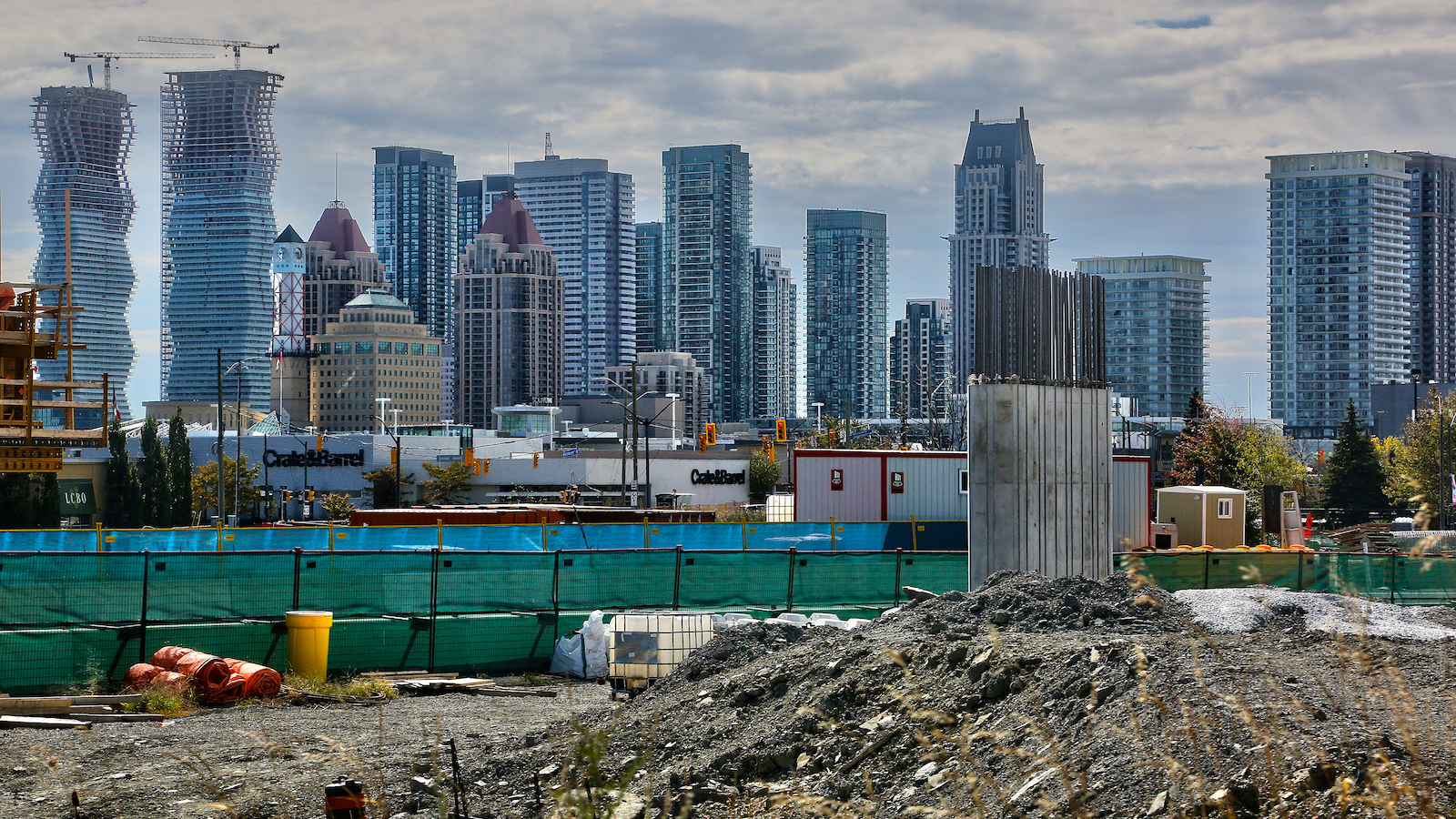The world is investing more money than ever in solutions to reduce energy consumption. From installing more efficient light bulbs and appliances to sealing up houses, investments in building energy efficiency increased by 16 percent between 2020 and 2021 to $237 billion. But according to a sweeping new report, from an emissions standpoint, the world is running in place.
The annual Global Status Report for Buildings and Construction, a United Nations study released during COP 27 in Sharm El Sheikh, Egypt, finds that emissions rebounded in 2021 to an all time high — 2 percent higher than the previous peak in 2019. Even as efficiency improved in some parts of the world, other trends worked against those gains, such as a rebound in construction after the pandemic, the growth of hybrid work, and an increase in the use of fossil fuels to heat buildings in emerging economies. Overall building energy intensity — the ratio of floor space to energy use — has remained unchanged since 2019.
“What we are finding this year is that the gap between where we are today, and where we should be, is growing,” said Oliver Rapf, the executive director of Buildings Performance Institute Europe, a nonprofit think tank, and one of the authors of the report. “That’s a real problem. That means that our buildings, our offices, our homes, our schools are not fit, at the moment, to meet the climate challenge and that we need to accelerate action.”
As countries meet in Egypt this week to talk about how to turn carbon commitments on paper into real emission reductions, the report offers timely insights.
On the bright side, attention to buildings as a source of emissions is increasing. In preparation for last year’s climate conference in Glasgow, countries were expected to update their national climate plans with new commitments to cut carbon. The authors studied all plans submitted to the United Nations and found that 80 percent of them addressed building emissions, compared with only 69 percent the year before.
The problem is, existing policies aren’t in line with those building emission plans. Specifically, building codes: esoteric construction rules that can be set at the local, state, or national level, that the public doesn’t typically pay much attention to. But those building codes are crucial to ensuring that when communities build, they don’t build themselves into a deeper emissions hole by creating long-lived, energy-intensive infrastructure.
Many high-income economies like the U.S. have codes that regulate energy use. Some states and municipalities in the U.S. are even beginning to edit their building codes to discourage the use of fossil fuels for space and water heating. But on the whole, these codes are not up to the job of reducing emissions in line with international goals.
“The reality is that almost universally, none are aligned towards Paris Agreement objectives,” said Ian Hamilton, a professor of energy, environment and health at University College London and another author of the report. “And then there’s all the countries who don’t have any building energy codes at all.”
Eighty-five of 196 countries tracked by the Buildings Global Status Report have no known building energy code. The biggest gap is in Africa, where construction in most of the continent is not covered by a code. According to the study, the areas without any building codes are largely those that are expected to see the most population growth in the coming decade. The buildings to house future populations don’t exist yet, and unless they are built with energy efficiency in mind, the ratio of floor space to energy use — and in turn, emissions and climate impacts — are only going to get worse.
In addition to improving the operational efficiency of buildings, there’s a whole other piece of the building emissions puzzle that needs to be addressed: Embodied carbon, or the emissions associated with the creation of materials like steel, concrete, glass, and aluminum used for construction. Those building materials are currently responsible for about 9 percent of overall energy-related emissions, and are expected to be responsible for a growing proportion of emissions in the future if better material standards aren’t adopted. Currently, most existing building codes do not address embodied carbon.
These materials are often lumped into a category of climate change challenges called “hard to decarbonize” industries. There’s just not yet any straightforward solution for making steel or cement without emitting carbon dioxide, though there are many promising advances in development. In the meantime, the authors encourage cities and states to support paths for the construction industry to recycle these materials rather than sending them to landfills. Currently, about 35 percent of construction waste is sent to landfills, according to the report.
Hamilton and Rapf are encouraged by growing participation in green building certifications. The report found that the number of buildings certified under various programs with high sustainability standards has increased by 19 percent in the past two years. Rapf said that the war in Ukraine has also increased political will to do more on efficiency in Europe, and the E.U. is currently in the middle of developing new building regulations.
“It’s very likely that Europe will then have the most ambitious regulation on building performance and the carbon impact of buildings globally.”



